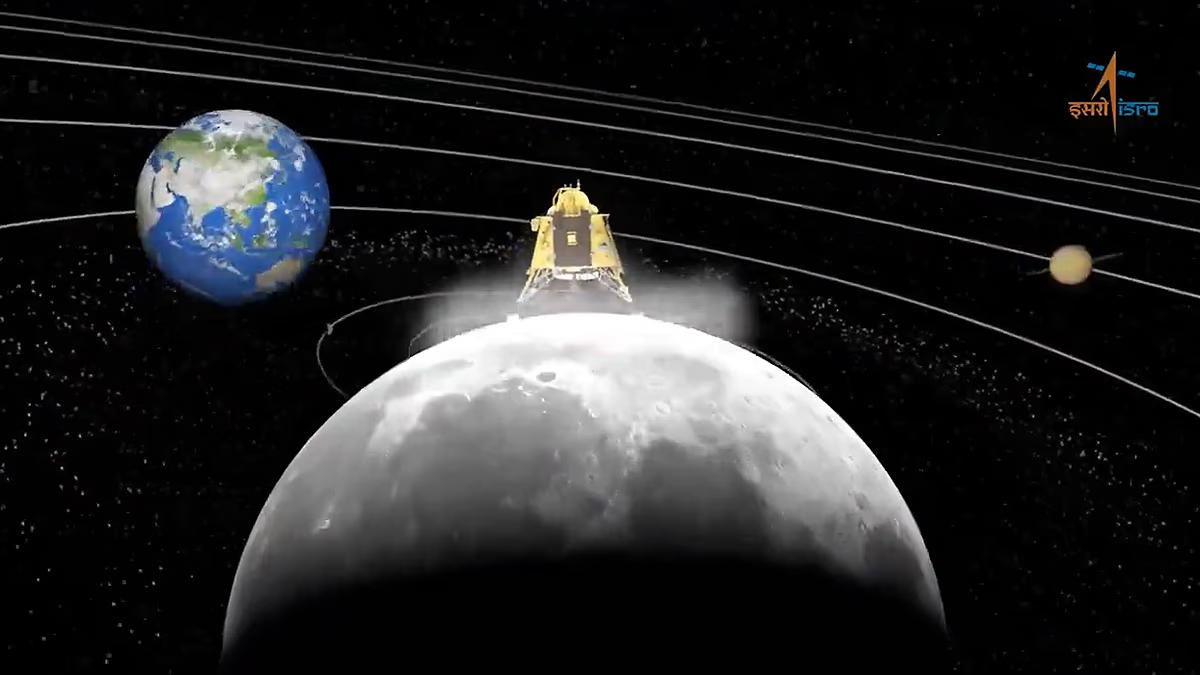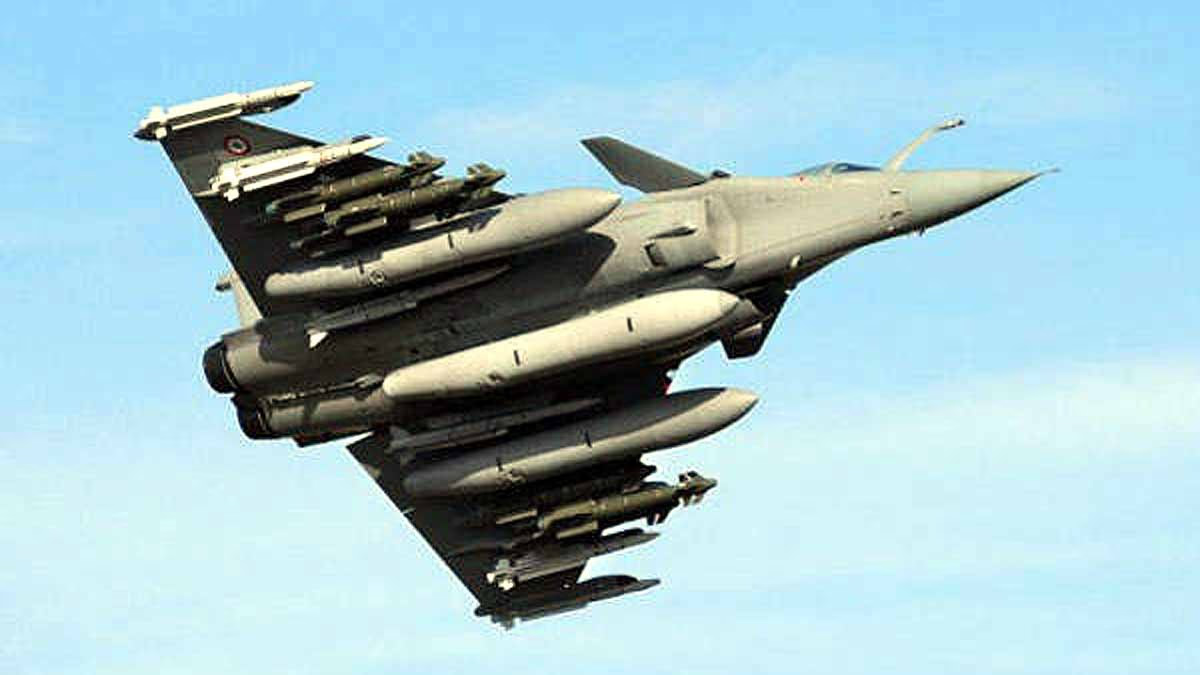On August 23, 2023, India's Chandrayaan-3 landed near the moon's south pole. Now, the ISRO Chief has released a video on X (formerly Twitter) declaring this day as National Space Day. Dr. S. Somanath urges everyone across the nation to participate in the celebration.
The ISRO Chief mentioned that there will be events organized by ISRO throughout the nation to celebrate this day. But before we dive into the celebrations, let's understand how our ISRO scientists successfully landed Chandrayaan-3...
Also Read: Dark Oxygen: Mysterious 'Dark Oxygen' Found 13,000 Feet Deep in the Ocean Stuns Scientists
Read the Thrilling Story of the Dangerous Landing
On the evening of August 23, 2023, at 5:20 PM, ISRO began live streaming the landing of Chandrayaan-3 on YouTube, Facebook, and their official site. Millions of people tuned in to watch. As the ISRO scientists announced that the landing was about to begin, viewers were glued to the screen, intensely following the stream.

Source: aajtak
People tried to understand the charts and graphs, usually comprehended only by scientists. Here, we'll explain the significance of this landing with a simple chart.
From the landing site, Chandrayaan-3 was 30 kilometers in altitude and 745.6 kilometers away from the surface. The landing was divided into four phases.
Also Read: Parts of Chandrayaan-4 to be Assembled in Space... ISRO Chief Makes a Big Announcement
Rough Breaking Phase:
The lander descended from an altitude of 30 kilometers to a distance of 7.4 kilometers, taking 690 seconds or 11.5 minutes. During this time, it traveled 713 kilometers, reducing its speed from 1.68 kilometers per second to 358 meters per second, with a horizontal speed of 0.61 meters per second.
Altitude Hold Phase:
Covered a distance from 32 kilometers to 28.52 kilometers with an altitude of 6.8 kilometers in just 10 seconds. The downward speed was 336 meters per second, with a horizontal speed of 0.59 meters per second.

Source: aajtak
Fine Breaking Phase:
Descended from an altitude of 28.52 kilometers to 0 kilometers, reaching just above the landing site. The height ranged from 0.8 to 1.3 kilometers, maneuvering like a helicopter to find a suitable spot, with its four legs pointing downward. It descended to 150 meters in height at a rate of 2 meters per second, completing the process in 175 seconds or around three minutes.
Terminal Descent Phase:
Began at an altitude of 150 meters, descending directly to the surface. The horizontal speed was 0.5 meters per second, while the vertical speed was 2 meters per second.
Also Read: China Launches PAK Satellite... Does Anyone Know About the Pakistani Space Agency Before ISRO?
It took 73 seconds to descend from 150 meters to 60 meters, including 52 seconds for retargeting to find a safe landing spot. It completed the descent from 60 meters to 10 meters in 38 seconds, and the final 9 seconds were used to land from 10 meters to the surface.
After precise calculations and accuracy, the Vikram lander touched the moon's surface, marking the mission as a success. Shortly after landing and waiting for the moon's dust (Moon Dust) to settle, Pragyan Rover emerged to explore the lunar surface.




